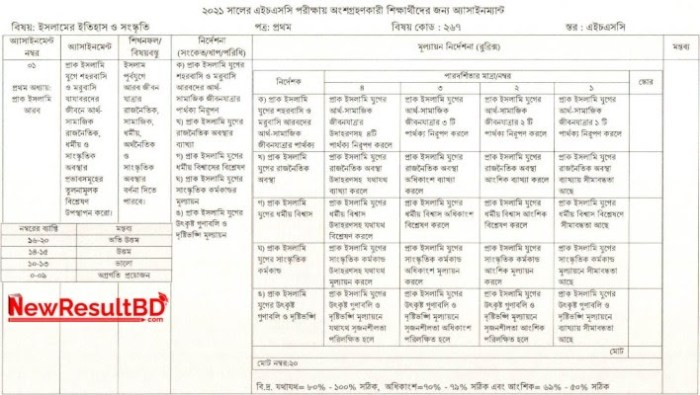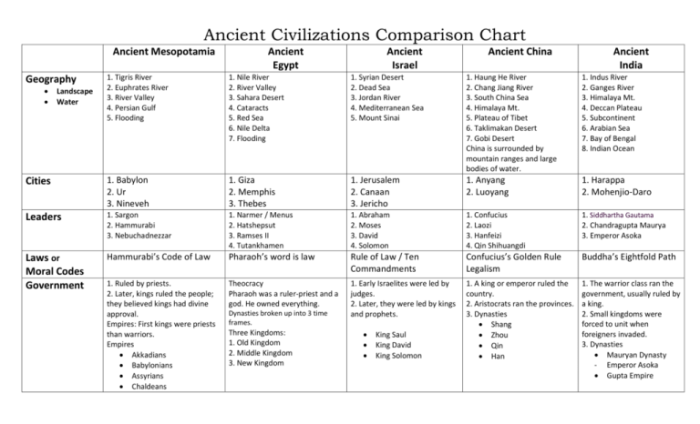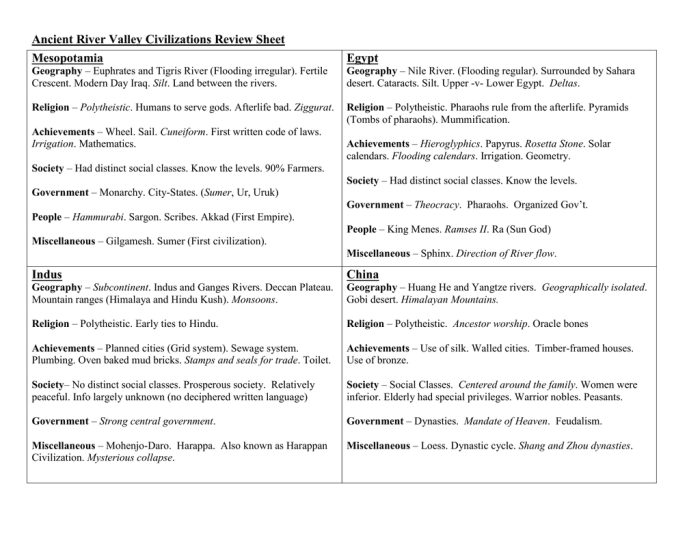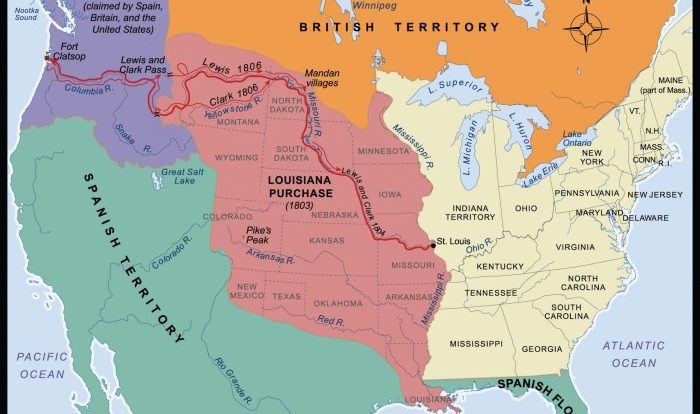Culture and trade in muslim civilizations worksheet answer key – Embark on an enlightening journey through culture and trade in Muslim civilizations with this comprehensive worksheet answer key. Discover the vibrant tapestry woven by the interplay of commerce, faith, and cultural exchange that shaped the course of history.
From the bustling marketplaces of Baghdad to the opulent ports of Alexandria, trade served as a catalyst for the dissemination of ideas, technologies, and artistic expressions, leaving an indelible mark on the cultural heritage of the Muslim world.
Historical Context of Trade in Muslim Civilizations: Culture And Trade In Muslim Civilizations Worksheet Answer Key

Trade has been an integral part of Muslim civilizations since their inception. The origins of trade routes within these civilizations can be traced back to the early days of Islam, when Muslim merchants played a pivotal role in the exchange of goods and ideas between the East and the West.Key
cities and ports, such as Baghdad, Damascus, Cairo, and Alexandria, emerged as major hubs of trade, facilitating the movement of goods and the exchange of cultural influences. These cities became centers of commerce and learning, attracting merchants, scholars, and travelers from across the Muslim world and beyond.Significant
trade goods included textiles, spices, precious metals, and luxury items, which were exchanged between different regions of the Muslim world and with neighboring civilizations. This trade not only facilitated economic growth but also led to a vibrant cultural exchange, as ideas, technologies, and artistic styles were disseminated through trade routes.
Cultural Influences on Trade Practices

Islamic law and religious beliefs played a significant role in shaping trade practices within Muslim civilizations. The concept of “halal,” which refers to what is permissible under Islamic law, influenced regulations governing trade. For example, the sale of alcohol and pork was prohibited, and certain ethical guidelines were established to ensure fair and just transactions.Guilds
and merchant associations also played a vital role in shaping trade customs. These organizations provided support and protection for merchants, regulated trade practices, and ensured the quality of goods. They also served as a means of cultural exchange, as merchants from different regions shared knowledge and experiences.
Trade and Cultural Diffusion
Trade acted as a catalyst for the spread of ideas, technologies, and artistic styles across Muslim civilizations. Merchants and travelers carried not only goods but also knowledge, innovations, and cultural influences from one region to another.For example, the introduction of papermaking from China to the Muslim world through trade revolutionized the production and dissemination of books and manuscripts.
Similarly, the transfer of mathematical and scientific knowledge from the Middle East to Europe through trade played a significant role in the development of Western science and technology.
Economic Impact of Trade

Trade brought immense economic benefits to Muslim civilizations. It contributed to urbanization, as trade centers grew into thriving cities with diverse populations and bustling markets. Trade also led to wealth accumulation, as merchants and traders profited from the exchange of goods.Technological
advancements were also stimulated by trade, as merchants sought new and efficient ways to transport and preserve goods. For example, the development of the astrolabe, a navigational instrument, was greatly influenced by the need for accurate navigation in long-distance trade voyages.
Cultural Heritage of Muslim Trade

The cultural impact of trade is evident in the architectural structures, artifacts, and literary works that have survived from Muslim civilizations. The grandeur of mosques, palaces, and caravanserais reflects the wealth and prosperity generated by trade. Artifacts such as ceramics, textiles, and metalwork showcase the artistic influences that were exchanged through trade routes.Literary
works, such as the “Arabian Nights,” provide a glimpse into the vibrant and cosmopolitan world of Muslim trade. These stories depict the adventures of merchants, travelers, and scholars, and reflect the cultural diversity and exchange that characterized the Muslim world during this period.
FAQs
What were the key trade goods exchanged in Muslim civilizations?
A wide range of goods were traded, including textiles, spices, precious metals, ceramics, and slaves.
How did trade contribute to the spread of Islam?
Merchants and travelers played a crucial role in transmitting Islamic teachings and practices along trade routes.
What were the challenges faced by traders in the Muslim world?
Traders faced challenges such as political instability, piracy, and fluctuating market conditions.
